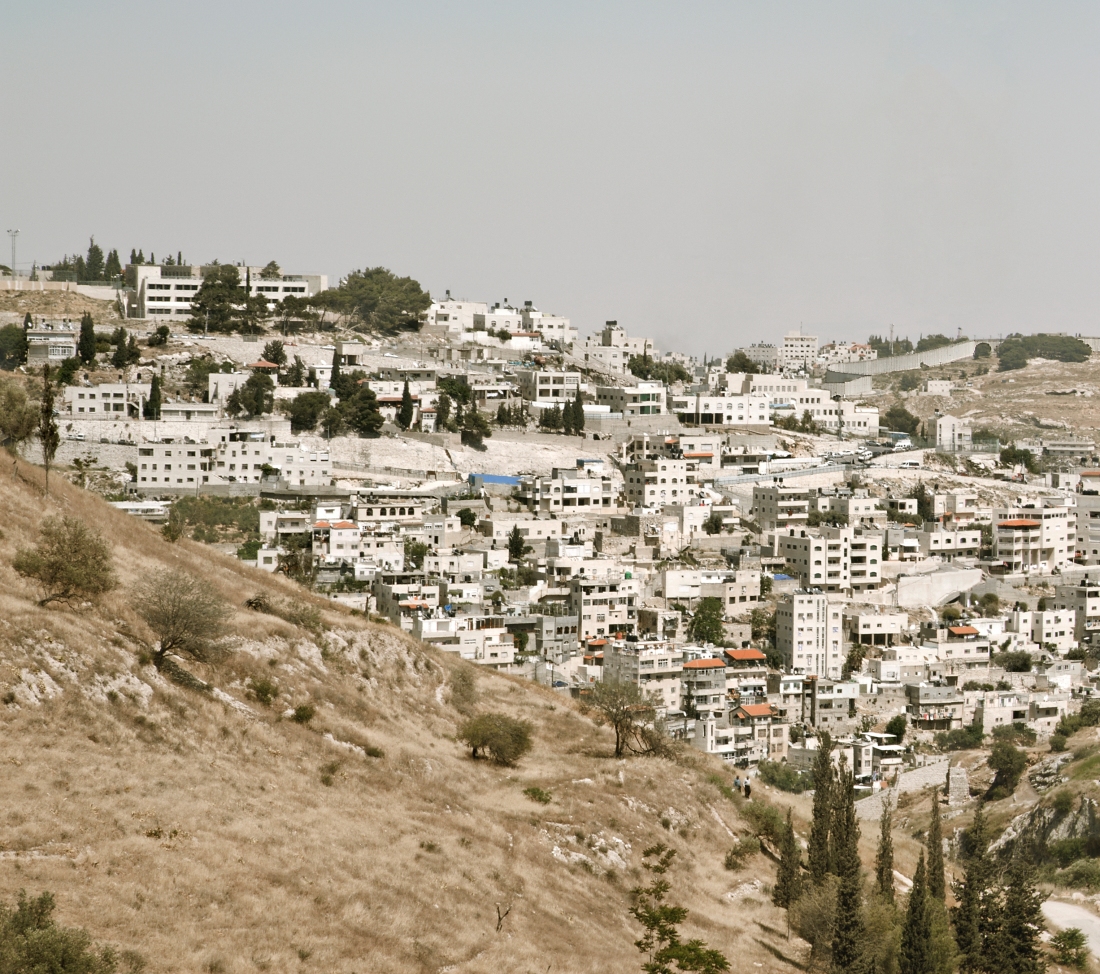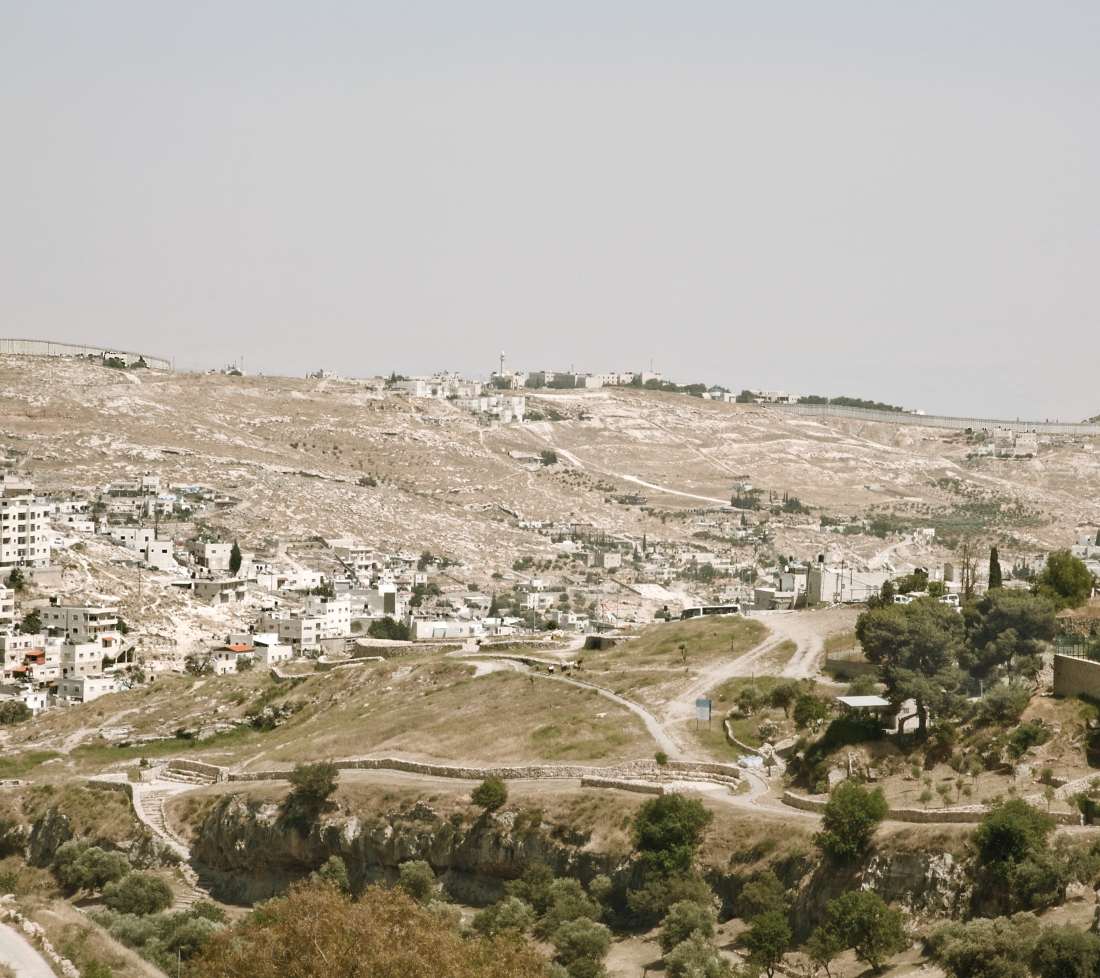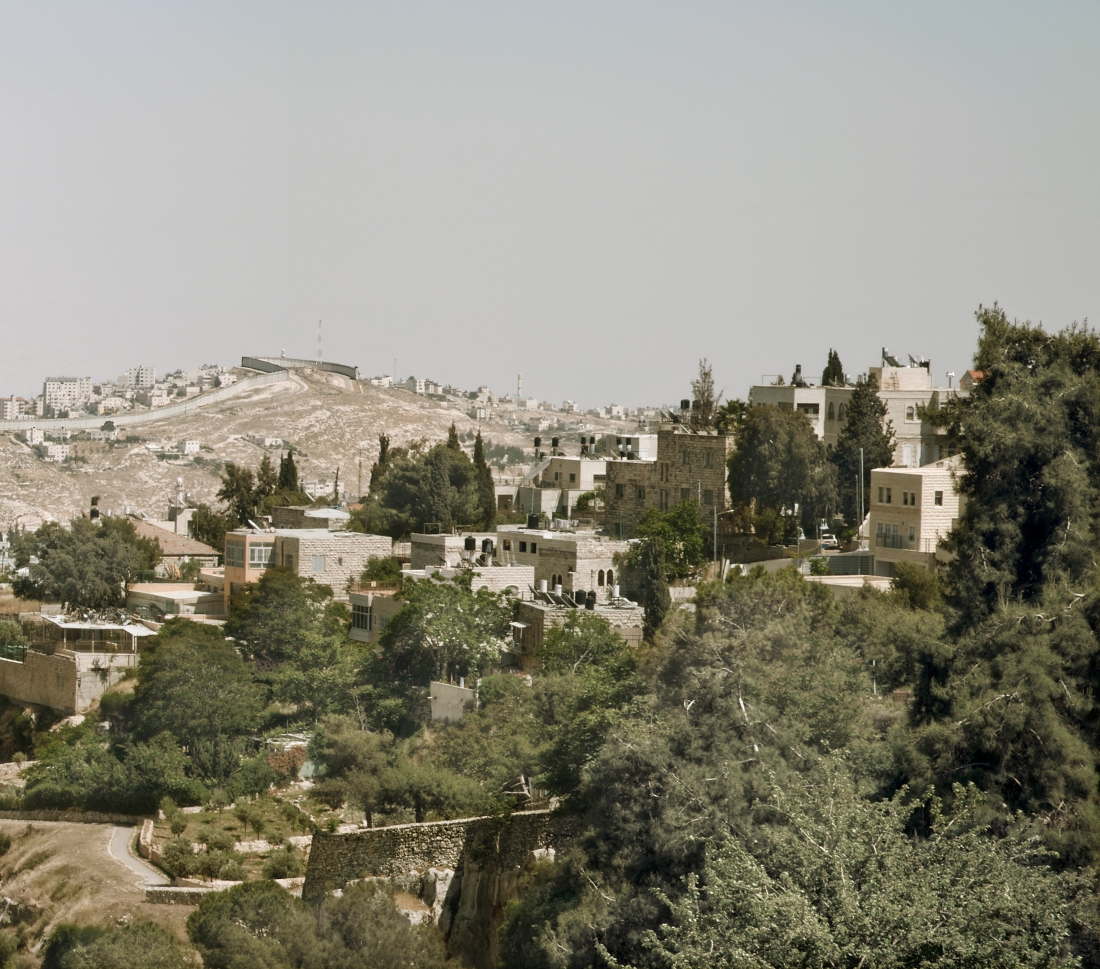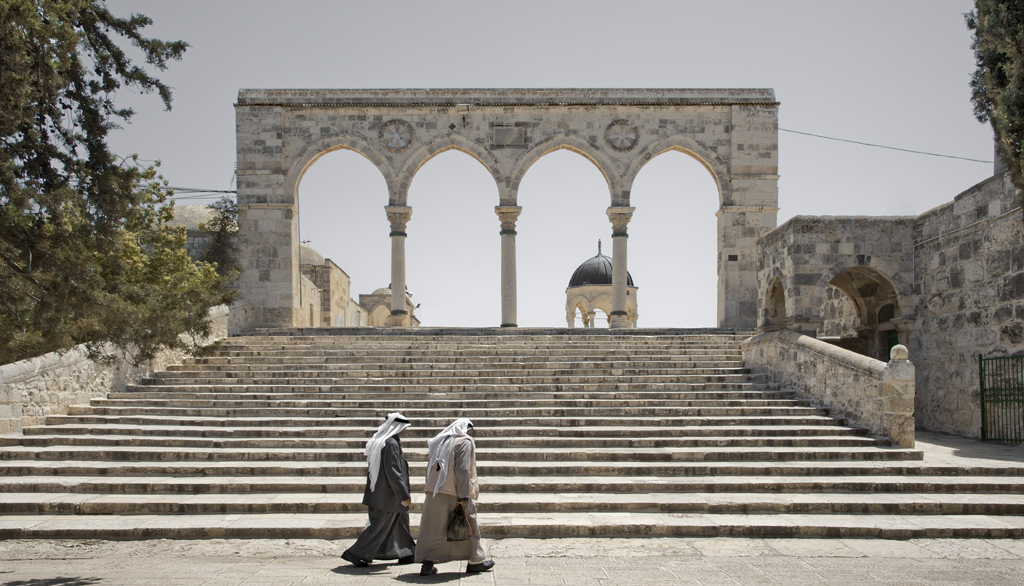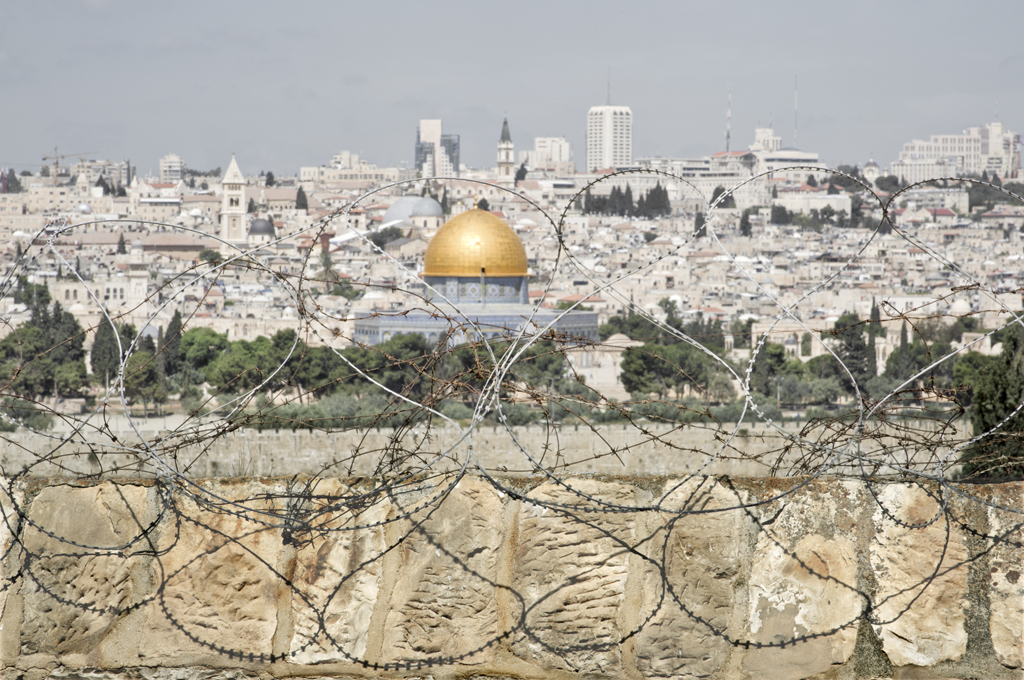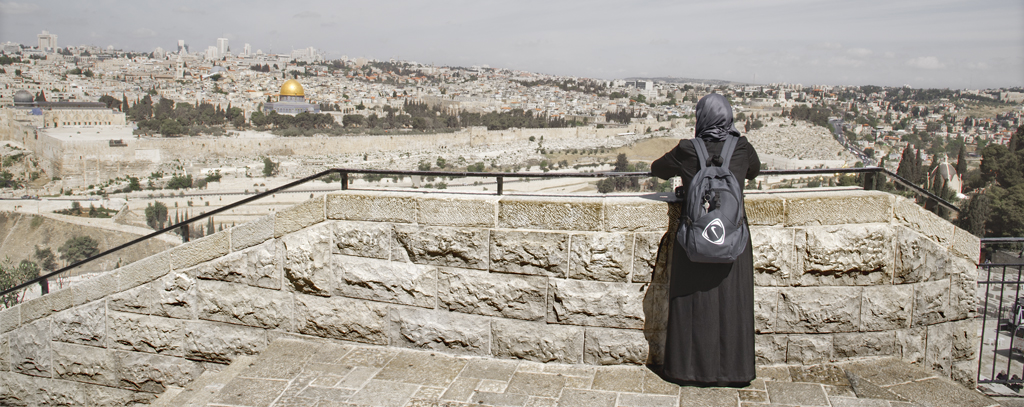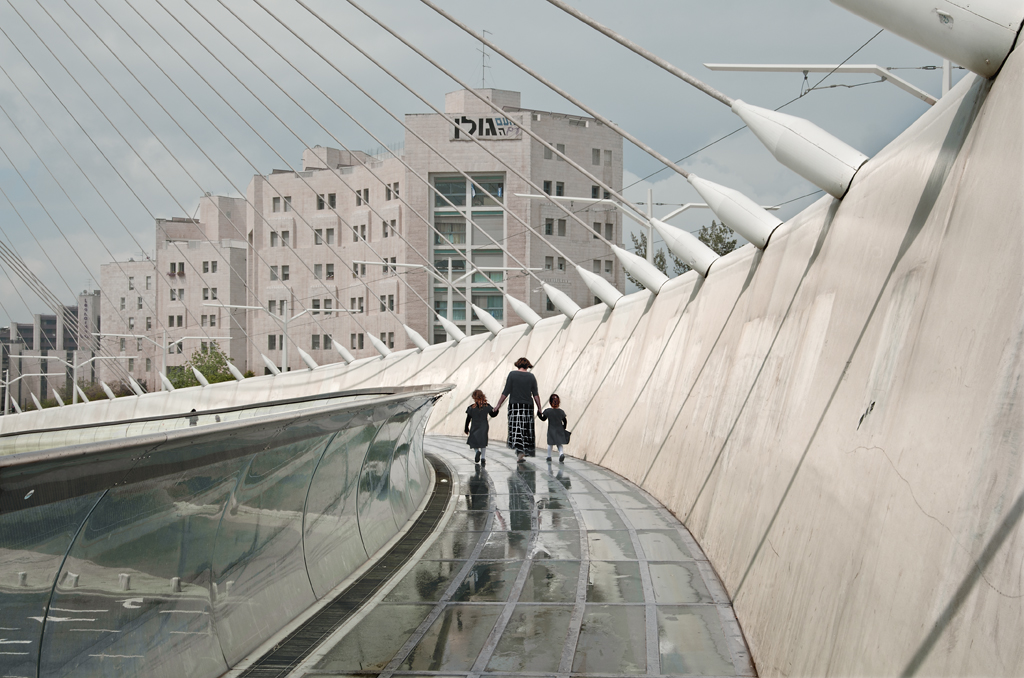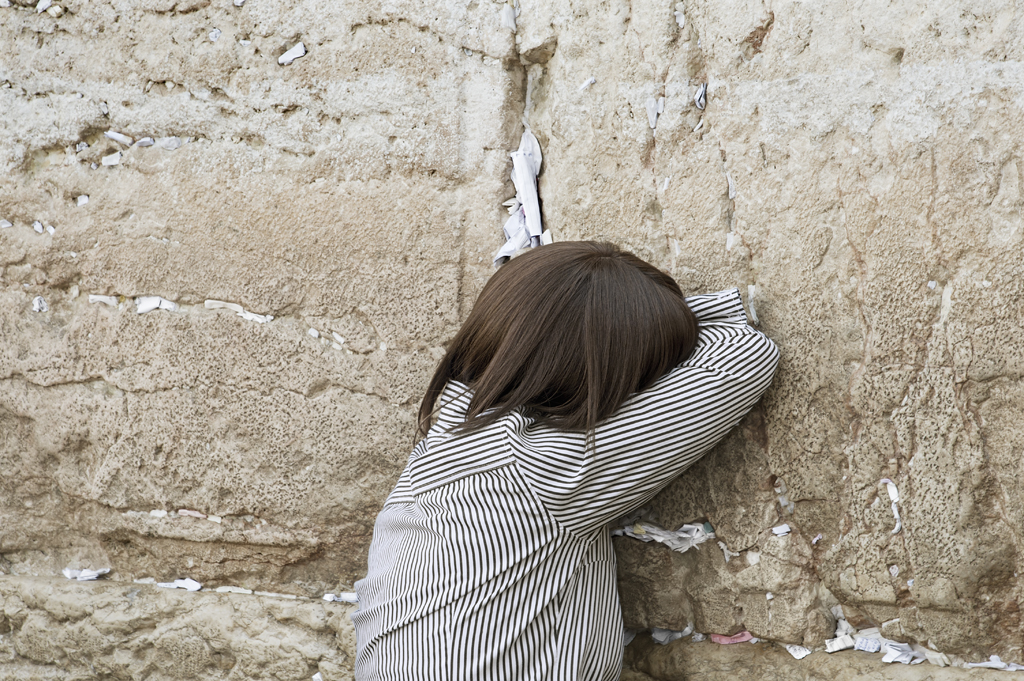My name is Ozymandias, king of kings: Look on my works, ye Mighty, and despair!
The Separation Wall, Seen from Bloomfield Gardens, Jerusalem 2011
© Leslie Hossack
Three iconic cities, Berlin, Jerusalem and Masada, have recently been featured on Haute Vitrine. These “cities of stone” are also cities of walls: the Berlin Wall, the fortress walls at Masada, and the Jerusalem Envelope seen here.
City of Stone, The Hidden History of Jerusalem reveals more than just a holy city built of stone. Meron Benvenisti describes Jerusalem as the domain of Muslims, Jews, and Christians, locked in a perpetual contest where shrines, housing projects, and bulldozers compete in a scramble for possession.
All cities tell a story; cities of stone tell an eternal story. “Architecture matters because it lasts,” writes Deyan Sudjic. “It is a means of setting the historical record straight… To imagine Hitler completing the construction of the triumphalist city of stone that he planned with Albert Speer is to imagine his total victory.” (Engineering Conflict, New York Times, 21 May 2006)
Structures of stone have endured for millennia, but the people who build them are gone in the blink of an eye. “Ashes to ashes, dust to dust.” Israel’s first Prime Minister, David Ben-Gurion, called Holocaust survivors human dust. “Turning these people of dust into a cultured, independent nation with a vision will be no easy task.” (The Lemon Tree, Sandy Tolan)
“My name is Ozymandias, king of kings: / Look on my works, ye Mighty, and despair!” Nothing beside remains. Round the decay / Of that colossal wreck, boundless and bare The lone and level sands stretch far away.
excerpt from Ozymandias by Percy Shelly

